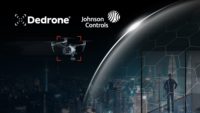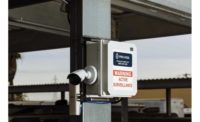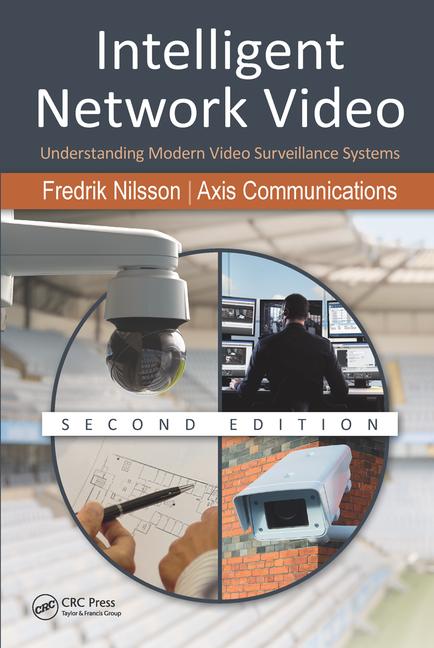Understanding AI, ML, and other new technologies
Knowledge and experience is key to successful implementation.

Artificial intelligence, or A.I.; deep learning; CV or computer vision; analytics; new hardware terms like CPUs and GPUs; neural networks; cloud versus edge processing. These are just a few of the cool new words, acronyms, and phrases being thrown around in our industry to simultaneously enlighten and confuse.
I get calls all the time from people asking a lot of questions about this new technology. What it is? How much does it cost? How is it installed? Who can I sell it to? How much can I charge? All of these are good questions and show a definite interest by many who want to be on the leading edge of technology. Unfortunately, there isn’t a simple answer. Nor is there really good or easily understood material available for security and monitoring center professionals to be educated as to how all of this works, at least not yet.
I always start the conversation with trying to define some of these ideas as they relate to audio and video, and how we can use this type of technology to protect lives and property.
This article is designed to break down some of the most common terms to help you understand them, and to provide you with some examples relevant to their use.
VIDEO/AUDIO ANALYTICS are applications that are typically used to determine one thing. In some cases, multiple analytics are chained together. Some examples of these are people or vehicle detection; direction of travel; people counting; glass breaking; forced entry; or human voices. Each of these can trigger alerts if one or more go into alarm mode. An example of chained events is a loitering application, where it first must determine that human activity is present, but also that a minimum number of people are present for a predetermined amount of time. In some cases, it may determine that the same people are present for the entire time.
DEEP LEARNING is an application that is “taught,” or trained, to learn so it can identify a specific act or movement. Some simple examples include knowing the difference between people versus animals, or dogs versus cats. In the latter instance, an application is fed tens of thousands of images of dogs, in all shapes, breeds, colors, etc. When a new image appears, it compares what it sees with what it knows and either matches it or not, or sometimes gives you a confidence score you can use. You can use the same concept to teach a program to recognize just about anything, if it is provided with enough examples from which it can learn. While this might seem easy, there is a lot of math and geometry, as well as a bit of magic behind this, along with years of software and hardware development.
A.I. OR ARTIFICIAL INTELLIGENCE combines concepts of both deep learning and analytics to learn and make decisions on the fly. One example of an A.I. application that I recently worked on took place at a large shopping center. Vehicles were observed parking in the shopping center lot, but instead of shopping, their drivers left their vehicles and jumped on a nearby train into the city. This misuse of the parking lot resulted in full lots during busy times with cars that were not generating sales. The shopping center’s management was sensitive to the neighborhood’s needs, so they were only concerned with people who were parking and leaving more than 15 times a month.
In this instance, A.I. had to be able to view almost 30 cameras across the large lot, with eight different entrances and thousands of parking spots. The A.I. had to learn all the different vehicles that were coming into the lot. License plate reader (LPR) cameras were installed at the entrances. Each lot camera had to be trained to distinguish the location of the train depot versus the direction of the stores. The A.I. then had to determine which vehicles were typically being driven onto the lot and in which direction the drivers were moving. It also had to count them and report the exceptions.
Once the system had observed and learned over a period of a couple of months, it had the capacity to report on and identify the spots where frequent offenders parked. Notices explaining the new policy and the repercussions for continued violations were placed on car windshields. If vehicles had to be towed, shopping center management had all the evidence they needed to substantiate their actions.
There are thousands of applications where all of these methods can be used in combination with others. The sky is literally the limit on how it’s used; it really just depends on how imaginative you can be. I’ve seen great success in situations where dealers are not trying to sell a product or service, but instead are listening to the needs of their customer, then identifying viable solutions to the customer’s everyday challenges.
I advise dealers to start with something simple, such as a people detection analytics, and protect a lot or outside area at night. Get comfortable with that and then start getting more complex as you gain experience.
Whatever you do, don’t try to boil the ocean. Instead, fix a specific problem. Before you know it, you will be fixing more and more. That’s how you bring value versus just another sale.
Looking for a reprint of this article?
From high-res PDFs to custom plaques, order your copy today!








